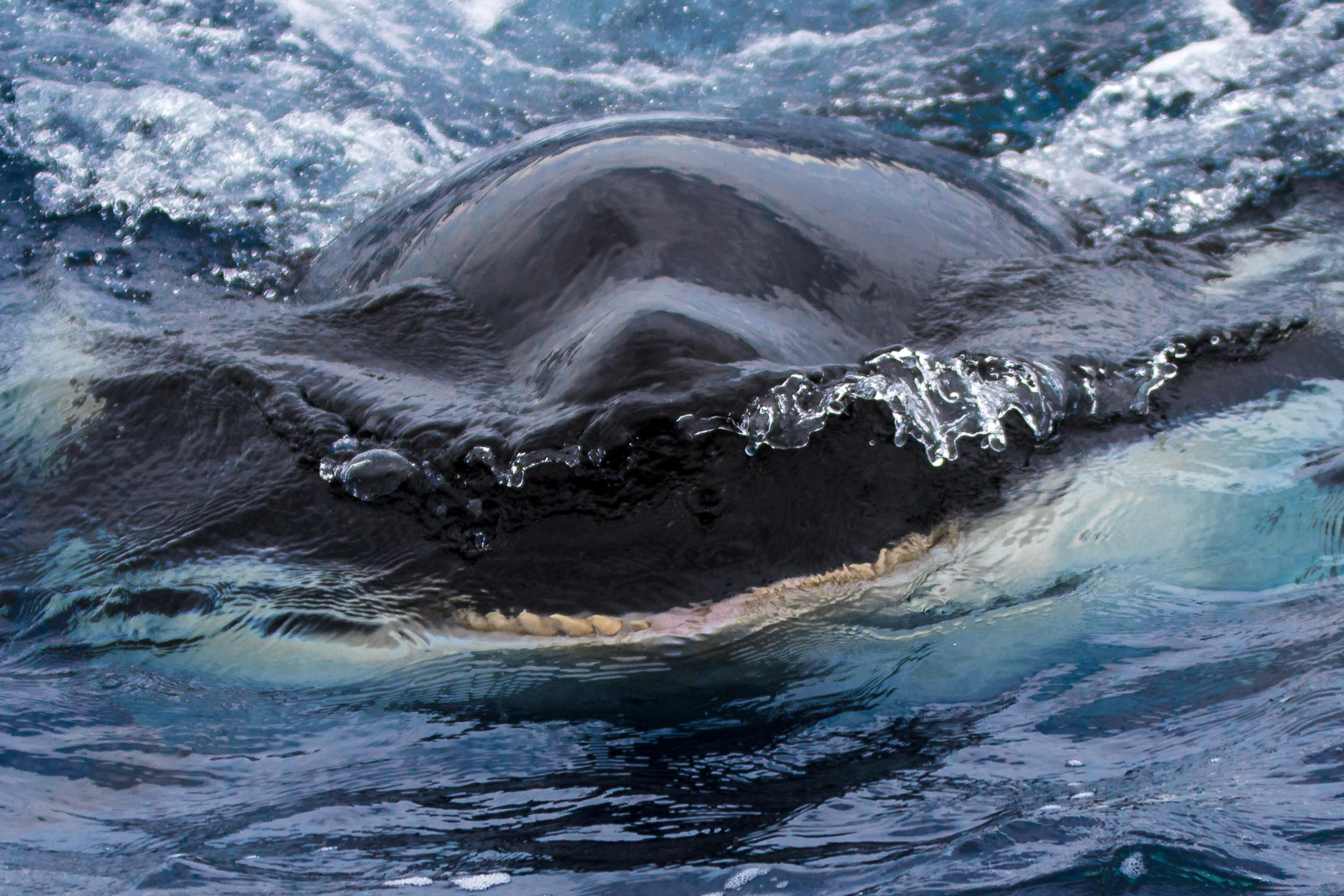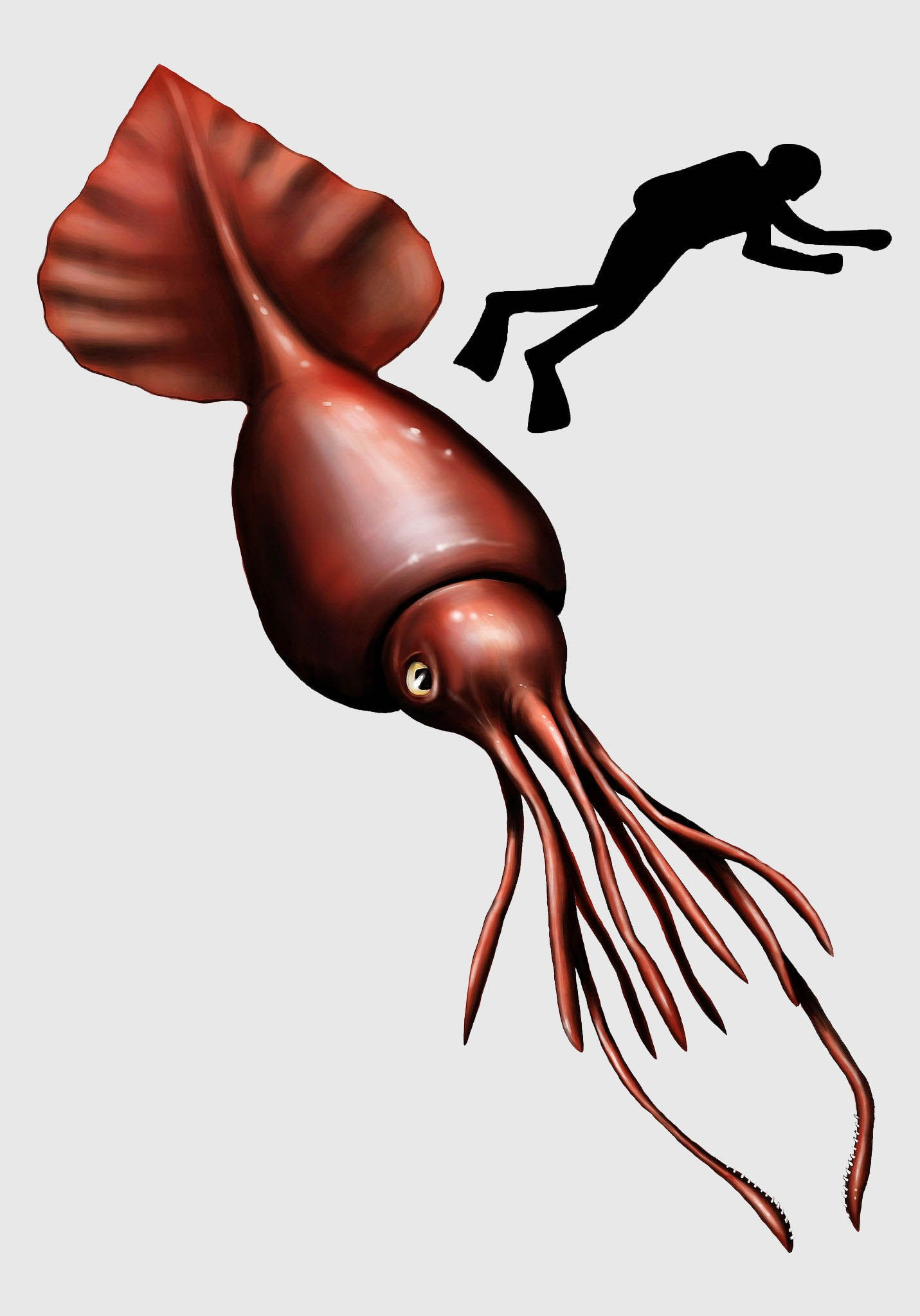Sperm propulsion is a fascinating aspect of reproductive science that delves into the intricate mechanics of how sperm navigate through the female reproductive tract. Unlike the leisurely swim we might imagine, these microscopic swimmers are engaged in a competitive race, utilizing fluid dynamics to enhance their speed and efficiency. Recent research has uncovered that swirling corkscrew flow patterns play a critical role in sperm locomotion, creating vortices that significantly contribute to their propulsion. This groundbreaking knowledge has important implications for fertility research, shedding light on the complex interactions that govern successful fertilization. By understanding the dynamics of sperm movement, we can better unravel the mysteries of reproduction and enhance our approaches to addressing fertility challenges.
The study of sperm motility encompasses various terms such as seminal fluid movement and microswimmer dynamics, all of which aim to explain how sperm effectively travel towards an egg for fertilization. In this field, researchers explore alternative propulsion mechanisms, looking into the concept of wet propulsion, which examines how fluid interactions influence microscopic life forms. The discovery of spiral flow dynamics in sperm motion further highlights the significance of these corkscrew patterns and their role in maximizing efficiency during their arduous journey. As scientists continue to investigate the complex interplay of forces at work, the insights gained could transform our understanding of reproductive biology and open new avenues for enhancing fertility solutions.
Understanding Sperm Propulsion Mechanisms
Sperm propulsion is a complex process that goes beyond simple locomotion; it is a finely tuned mechanism that ensures sperm can effectively navigate the female reproductive tract. The swirling fluid vortices created by the sperm’s flagellum are fundamental for enhancing propulsion, allowing these microscopic entities to travel efficiently towards the egg. This mechanism involves intricate fluid dynamics that scientists are beginning to decipher, revealing how sperm leverage external environmental flows to their advantage.
Recent advancements in reproductive science have offered new insights into the dynamics of sperm propulsion. By visualizing the movement of sperm and associated fluid patterns in detail, researchers are uncovering how corkscrew flow patterns facilitate faster and more efficient movement. These studies not only contribute to our understanding of male fertility but also open pathways for potential interventions in reproductive health.
Frequently Asked Questions
What is sperm propulsion and why is it important in reproductive science?
Sperm propulsion refers to the mechanism by which sperm swim and navigate through the female reproductive tract to reach and fertilize an egg. Understanding sperm propulsion is crucial in reproductive science as it sheds light on the dynamics of sperm locomotion, revealing how fluid dynamics, including swirling vortices and corkscrew flow patterns, enhance their ability to compete and succeed in fertilization.
How do corkscrew flow patterns enhance sperm locomotion?
Corkscrew flow patterns facilitate sperm locomotion by creating swirling fluid vortices that attach to the sperm and enhance their propulsion. This dynamic allows sperm to create additional thrust, optimizing their movement through the reproductive tract, which is essential for successful fertilization.
What role does fluid dynamics play in sperm propulsion?
Fluid dynamics play a critical role in sperm propulsion by influencing how sperm interact with their surrounding environment. Advanced imaging studies have revealed that as sperm move, they generate whipping motions with their tails that create complex fluid currents, optimizing their propulsion through the female reproductive system.
What recent advancements have been made in understanding sperm locomotion?
Recent advancements include 3D imaging techniques that allow researchers to visualize both the movement of sperm tails and the fluid flows around them. This research has highlighted the importance of corkscrew flow patterns in enhancing sperm propulsion and provided new insights into how sperm navigate towards eggs during fertilization.
Why is fertility research interested in sperm propulsion mechanisms?
Fertility research is interested in sperm propulsion mechanisms because understanding how sperm effectively navigate the reproductive tract can lead to improved approaches in assessing male fertility and developing treatments for infertility, potentially contributing to advancements in assisted reproductive technologies.
How do tail movements affect sperm propulsion efficiency?
The tail movements of sperm, or flagellum, create a whipping motion that generates fluid currents, enhancing sperm propulsion efficiency. This movement, combined with the swirling vortices it creates, helps sperm navigate through the complex environment of the female reproductive tract more effectively.
What implications does understanding sperm propulsion have for other microorganisms?
Understanding sperm propulsion may provide valuable insights into how other microorganisms, such as bacteria, navigate through different fluids. By analyzing the fluid dynamics that influence sperm locomotion, researchers can apply similar principles to understand the movement and interaction of various microscopic organisms with their environments.
Can visualization of sperm movement improve fertility treatments?
Yes, advances in visualizing sperm movement and understanding the mechanisms of sperm propulsion could lead to improved fertility treatments. By identifying how sperm navigate and interact with their environment, healthcare providers can develop targeted approaches to enhance sperm function and improve the chances of successful fertilization.
| Key Points | Details |
|---|---|
| Research Insights | Sperm swim through the female reproductive tract, utilizing swirling fluid vortices to enhance propulsion. |
| Advanced Imaging Techniques | Researchers from Monash University and the University of Melbourne studied the 3D fluid motion around sperm using advanced imaging. |
| Vortex Formation | A single sperm creates multiple swirling vortices that attach and rotate around the sperm, aiding in efficient locomotion. |
| Role of the Flagellum | The tail (flagellum) of the sperm generates whipping motions that foster the creation of fluid currents, optimizing propulsion. |
| Implications for Reproductive Science | Understanding sperm propulsion can influence fertility research and the study of movement of other microorganisms. |
| Visual Representation | Swirling columns of fluid imitate a double helix, enhancing sperm efficiency in navigation. |
Summary
Sperm propulsion plays a critical role in the journey of sperm through the female reproductive tract. This fascinating process involves not just the swimming action of sperm, but also the intricate fluid dynamics that enhance their movement. With the discovery of how swirling vortices optimize sperm locomotion, researchers have opened new avenues for understanding both fertility and the behaviors of microscopic organisms. As science continues to reveal the secrets of this propulsion mechanism, we gain valuable insights that may significantly impact reproductive health.



